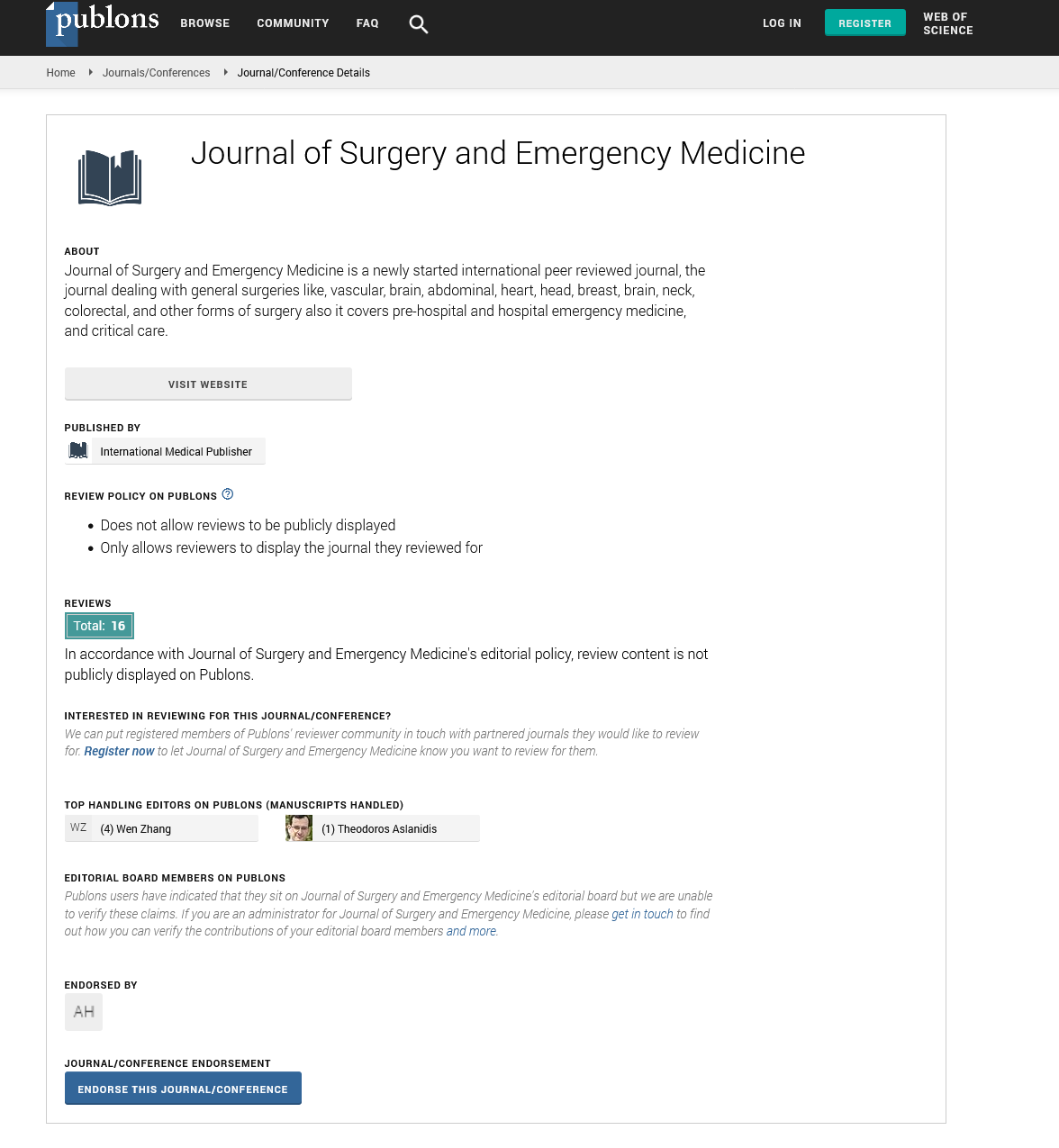Abstract
Prevalence of Pseudomonas aeruginosa in CSOM cases at a tertiary care centre
Background: Chronic suppurative otitis media (CSOM) is an infectious chronic ear disease in India characterised by discharge from ear. This is the commonest infection in children more so in low socio economic group. CSOM is caused by various gram positive and gram negative organisms. Methods: Study group includes CSOM patients coming to ENT Department of Kamineni Institute of Medical Sciences, Narketpally, Telangana, India. Swabs were taken from discharging ears and sent for Gram’s staining, culture and antibiotic sensitivity. The results were analysed and a protocol was devised for effective treatment of Pseudomonas aeruginosa. Results: Total numbers of study group were 180 of. 180 patients, 84 were males and 96 were females. CSOM infection was found to be more common in 11-30 yrs age group. When the ear discharge was sent for culture and sensitivity only 106 patients out of 180, showed culture positivity. Pseudomonas aeruginosa was the most common organism identified. Its prevalence in the present study was 23%. Methicillin Resistant Staphylococcus aureus (MRSA) and Klebsiella sps were the next common isolates, whose prevalence was detected to be 10% and 8% respectively. Pseudomonas is resistant to all routine broad spectrum antibiotics like amoxicillin, ampicillin and amoxycillin - clavulanate and cephalosporins, but sensitive to ciprofloxacin, gentamycin, imipenem, meropenem, piperacillin. Conclusions: CSOM is common among children and young adults. Pseudomonas aeruginosa was the most common isolate (23%) in our study. As Pseudomonas was found to be resistant to routine antibiotics, inadvertent use of routine antibiotics will lead to the development of multidrug resistant strains in the community which are difficult to treat. Specific antibiotic treatment should be started based on the culture and antibiotic sensitivity report of the swab
Author(s): G.J.Archana
Abstract | PDF
Share This Article
Google Scholar citation report
Citations : 131
Journal of Surgery and Emergency Medicine received 131 citations as per Google Scholar report
Journal of Surgery and Emergency Medicine peer review process verified at publons
Abstracted/Indexed in
- Google Scholar
- Publons
Open Access Journals
- Aquaculture & Veterinary Science
- Chemistry & Chemical Sciences
- Clinical Sciences
- Engineering
- General Science
- Genetics & Molecular Biology
- Health Care & Nursing
- Immunology & Microbiology
- Materials Science
- Mathematics & Physics
- Medical Sciences
- Neurology & Psychiatry
- Oncology & Cancer Science
- Pharmaceutical Sciences
